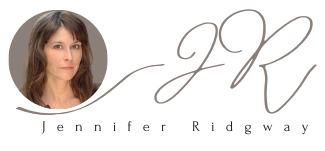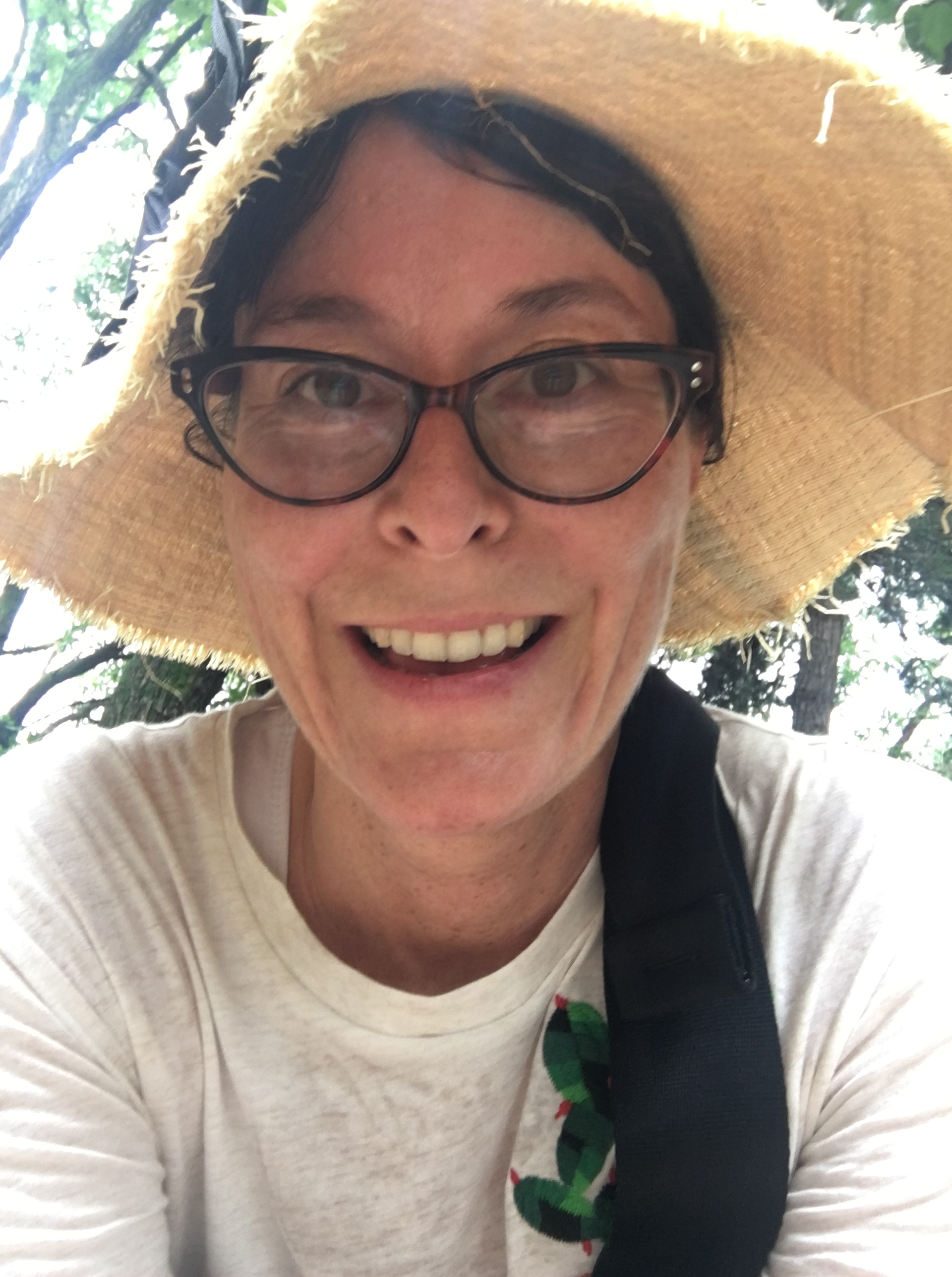Last month I shared my first artistic response as part of the A-REALL cohort. I finished my second artistic response last week. Yet here I am again confronted with my feelings of sharing it. I ask myself, “Are you brave, Jennifer?”
These pieces are not finished. I could work on them for a lifetime and still they are only brief conceptual works that depict the fleeting and ever-evolving experiences and feelings of my life.
The process of questioning, researching, drafting and building these pieces is the work! Much of the work is not seen or experienced in the artistic products. Yet in sharing my artistic products I invite family, friends, colleagues, neighbors, strangers and even myself into conversation, which further develops the work.
The work makes me uncomfortable. The work keeps me up at night. I have strong feelings about the work.
I believe in the work. I am proud of the work. The work gives me hope!
And so, yes, I am brave.
Discomfort is at the root of all growth and learning. I recognize how important it is to reflect on racism and systemic oppression, especially as a teaching artist. The sad reality is the arts and arts education field is complicit in White supremacy. It is this understanding that urges me to do the work.
I’m coming to terms with what I unconsciously believe by doing the work. I’m ripping and tearing myself apart. Looking at the pieces. Then putting me back together again with recognition, understanding and meaning. I am growing my awareness of the complexity of pluralism and how I fit into the larger picture of our society.
I’ll return to this process again, and again, and again… and, yes again.
Read my statement. Watch my performance.
As I did last month, below the piece I dropped the assignment the A-REALL team invited me to consider so that you too can engage in and create the work.
Be brave, artist!
An Abundance of Blooms
By Jennifer Ridgway
This is project two of the A-REALL program. Here we were asked to select and explore a term from the list of A-Reall vocabulary terms and create an artistic response based off of our findings.
My ideas started forming immediately after listening to Derek Black speak about being invited to a Jewish Shabbat dinner and re-reading the phrase “lead to destruction of whiteness” in the definition of white nationalism.
Traditionally, the woman’s role at a table has been to sustain culture in personal and work-related environments. Often these environments are within the home and in our local communities. Consider the tables where you sit… in the school classroom… in a business meeting… in a parent meeting… and certainly your family’s holiday tables.
Here, we enlighten and amplify with our rituals and traditions.
Might this also be where we perpetuate the myth of racial superiority?
+++
It is in how we flick our hair, dress, stand and speak.
Our power starts long before the guests arrive in how we set the table.
Fork on the left. Knife on the right.
It is in who is invited to the table, and why or why not.
They are family. They are not. They think like I do. They will say or do something I don’t like.
It’s embedded in the centerpiece.
From master of the house to his wife.
It tells the story of greed.
+++
Each guest at the table shares a unique perspective.
But as guests we respect the lines of power.
From one table to another.
From one conversation to another.
The traditions and rituals ensure they do.
The traditions and rituals bond us.
Bond us to a collective fear.
No matter what we read.
No matter what we say.
No matter what we think.
No matter what we do.
This noise.
This chatter.
This impulse to politicize and weaponize everything.
Drives us back with fear.
+++
The truth is none of us are safe.
Our situation and environment continually change.
Animals that cannot adapt to the changing situation and environment are often in danger.
Are you adaptable?
Are you in danger?
Is destruction imminent?
+++
Dig up your roots.
Question the rituals.
Challenge the traditions.
They will still be there.
Everything passes.
And everything remains.
But who will you invite to your table?
And must it be a table?
Go back and take care of yourself. Your body needs you, your feelings need you, your perceptions need you. Your suffering needs you to acknowledge it. Go home and be there for all these things.
THICH NHAT HANH
Ready to tend to your own artistic response?
Below you can find a list of A-REALL vocabulary. Select one word to further explore and understand. Create an artistic response based off of your findings. If you want definitions or resources on any of these terms, reach out to me.
- Anti-Racism
- Coercive Power
- Conformity
- Disenfranchisement
- Diversity
- Equality
- Equity
- Expert Power
- Ideological Racism
- Implicit Power
- Institutional Racism
- Internalized Racism
- Interpersonal Racism
- Intersectionality
- Legitimate Power
- Liberation
- Model Minority Myth
- Race
- Referent Power
- Reward Power
- Systemic Racism
- Prejudice
- White Nationalism
- White Privilege
- White Supremacy
What is success? Who knows! Reflect on these statements to assess your work.
- I have a new and expanded understanding of the vocabulary term I created.
- The artistic response and/or my journaling shows a high level of thinking in regard to my exploration of the vocabulary term.
- The artistic response shows how I feel about the concept, policy, or theory introduced in the vocabulary term I chose.
- I have considered how the ideas introduced in the vocabulary term affect me, but also how they affect others who belong to different social identity groups than me.
White Nationalism: A concept born out of white supremacy. A key difference is a focus on nation hood. White nationalists in the United States advocate for a country that is only for the white race due to feelings of entitlement and racial superiority. They also believe that the diversity of people in the United States will lead to the destruction of whiteness and white culture- hence, the correlation to white supremacist ideology.


